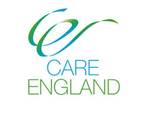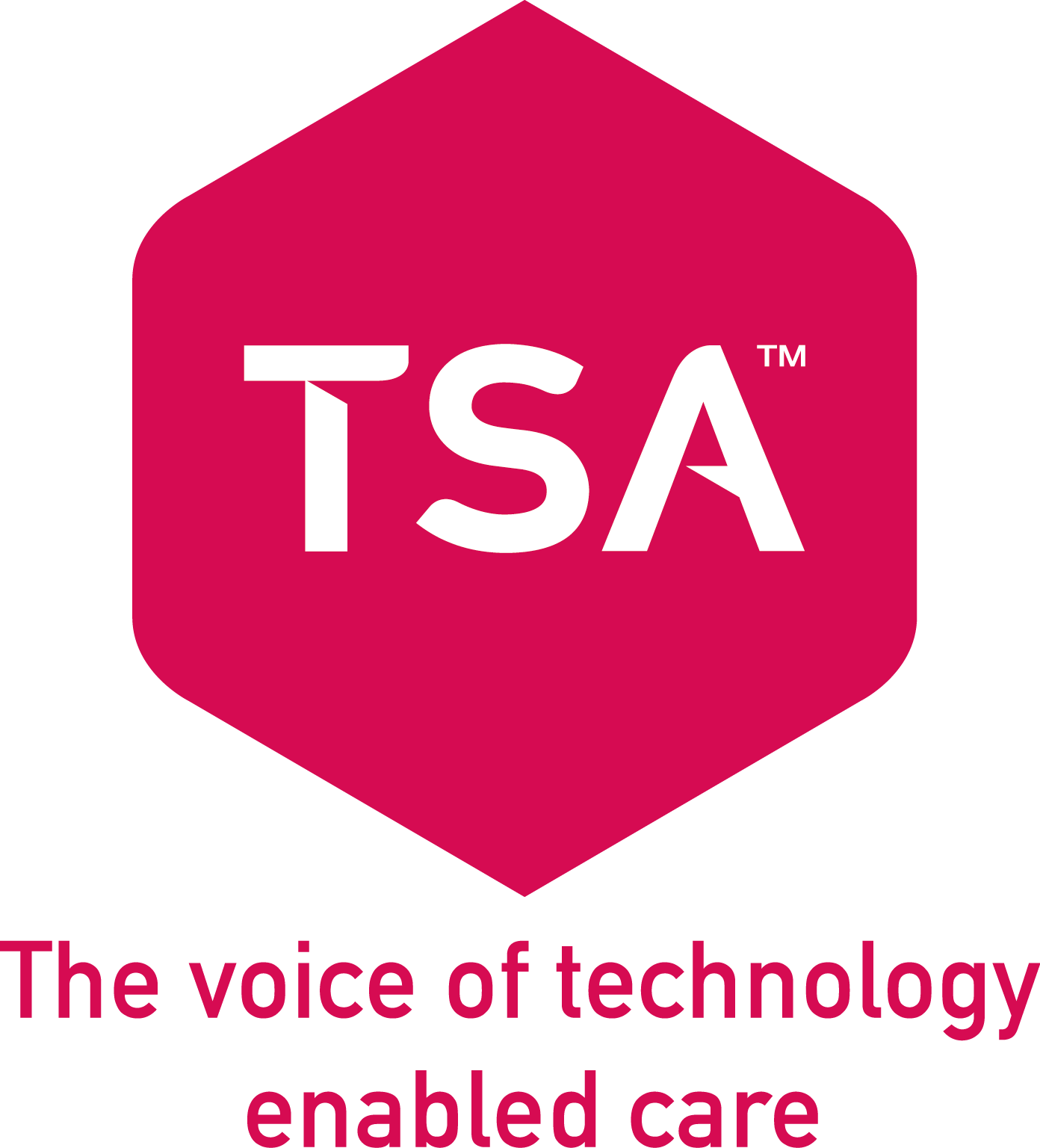
Spending Review 2025: What it Means for Technology-Enabled Care

12 June 2025
The UK Government’s Spending Review 2025 sets out new funding priorities for the next four years. While many headlines have focused on NHS budgets and council grants, we have looked at the developments directly relevant to the Technology-Enabled Care sector, including funding for digital transformation, prevention-focused care, and improved interoperability across health and care systems.
Digital investment across health and social care
The review confirms an expansion of digital funding:
- The NHS in England will see an additional £29 billion in resource funding over this Parliament, with up to £10 billion earmarked for digital transformation.
- This will support the further rollout of single patient records, expansion of the NHS App to serve as a digital front door for people, and greater use of telehealth and remote triage tools.
- The Government also plans a £1.9 billion cross-government digital package, including a £1.2 billion uplift to support AI, data platforms, and prevention technologies across public services.
For TEC providers, this signals strong ongoing demand for technologies that support remote monitoring, early intervention, and joined-up care planning. The stated aim is for all NHS Trusts and local authorities to eventually achieve full interoperability between their systems and care records, a move that aligns closely with TSA’s vision for integrated, proactive, and technology-enabled care.
Better Care Fund and TEC standards
The Better Care Fund (BCF) will rise to £5.621 billion for NHS contributions and £2.64 billion for local authorities in 2025-26.
- The accompanying BCF policy framework will require:
- Stronger joint NHS-local authority care planning
- Focus on prevention and home-based interventions
- Adherence to national guidance and standards, including for TEC procurement
The Government is seeking to standardise procurement and technical expectations for sensor-based monitoring and home adaptations. We estimate that around 1.7 million people are already using such technologies in their homes. National guidance will aim to promote greater consistency and interoperability between devices and data systems – mirroring work already in progress by TSA.
Funding for independent living
The Disabled Facilities Grant will increase to £711 million, an uplift of £86 million. This directly supports adaptations that help people live independently, often incorporating TEC such as:
- Environmental controls
- Personal alarms
- Smart monitoring devices
Such adaptations will play an increasingly important role as part of wider home-first and community-based care strategies.
Long-term integration and future direction
A Government goal is for all social care providers to achieve digital interoperability by the end of this Parliament. This will require integration with NHS, GP, and local authority systems, which is a key opportunity for TEC suppliers.
In parallel, an independent commission on adult social care, chaired by Baroness Casey, will report in 2026. It will examine reforms aimed at delivering a more integrated and preventative care system, where technology will inevitably play a significant role.
Conclusion
For the TEC sector, the Spending Review confirms:
- Growing Government emphasis on prevention and care closer to home
- Expanded digital budgets that support remote care and monitoring
- Moves toward national standards and interoperability for TEC products
- Continued investment in adaptations and independent living
- A push for more joined-up care records and data sharing
These trends create both opportunities and responsibilities for TEC providers. As health and care systems evolve, technology must play a central, standards-driven role in delivering safe, effective, and person-centred services.New Page






